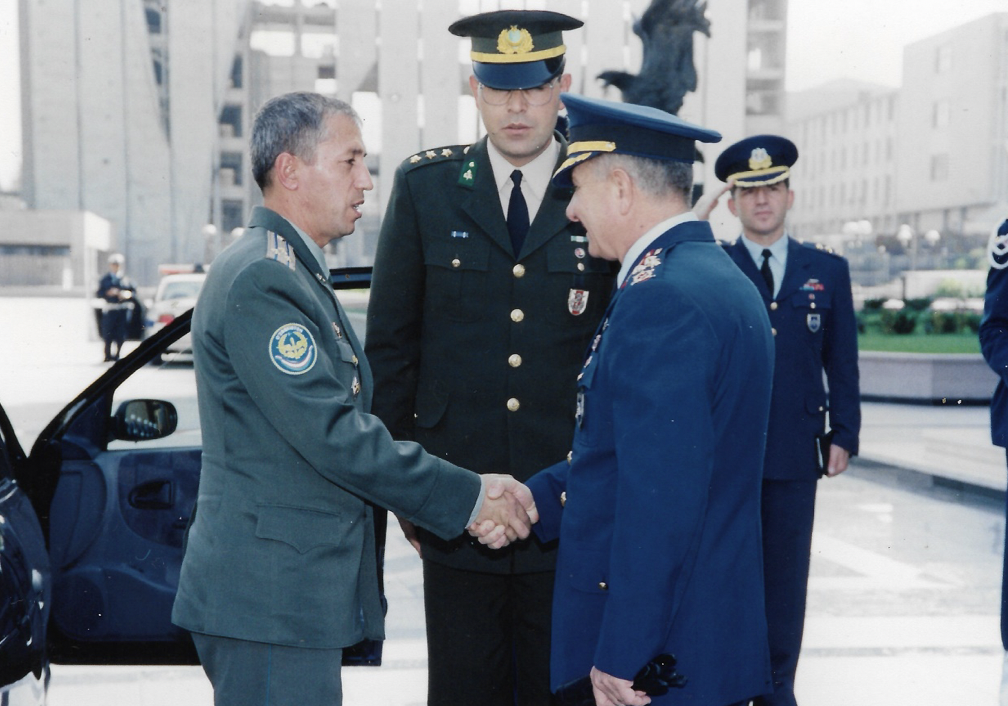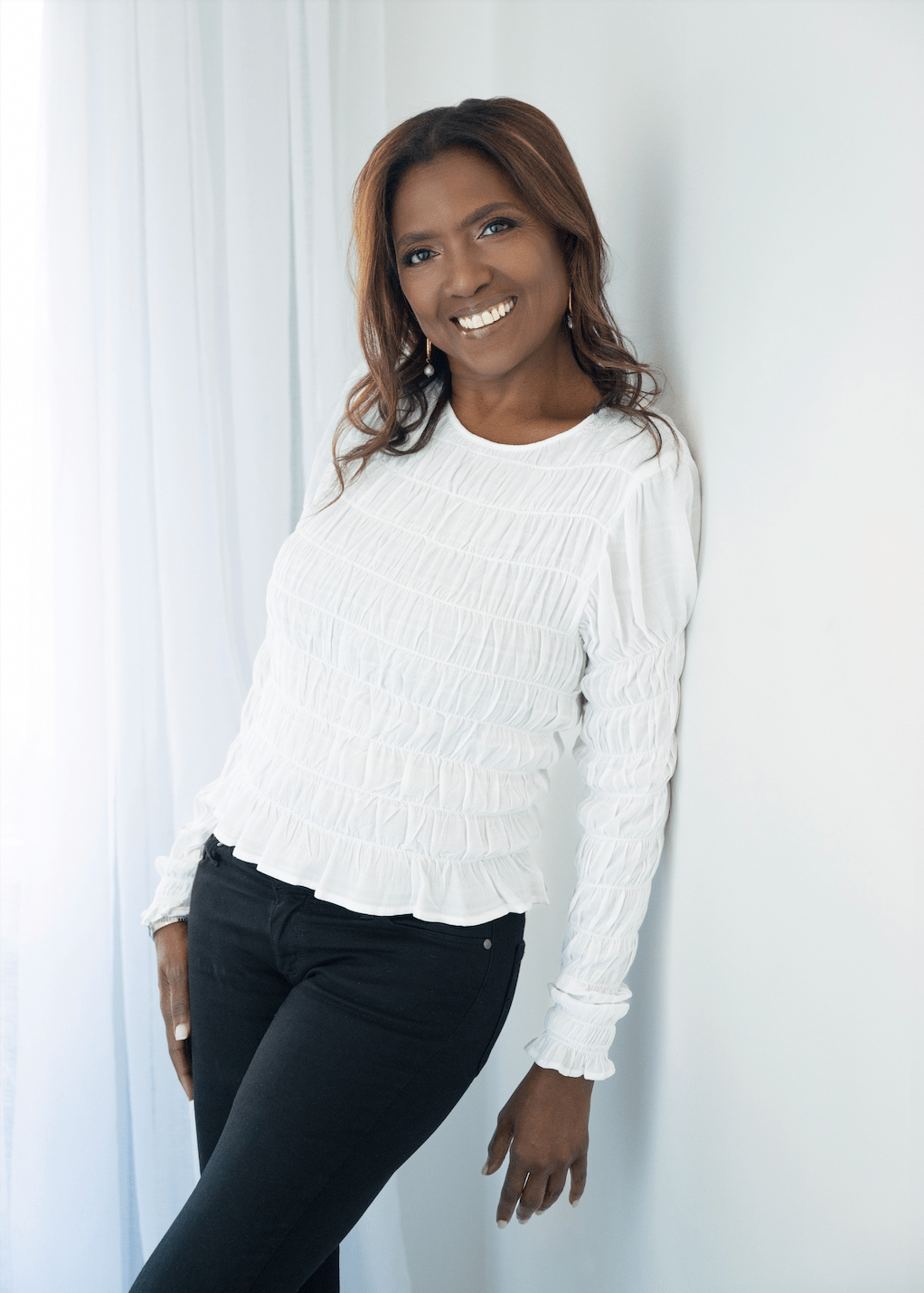Lifestyle
Saydulla Madaminov – Life of a veteran

The 4th Commander of Uzbekistan Air and Air Defence Forces, a 3rd, 2nd, 1st class of military pilot with a ‘Pilot Sniper’ badge, a squadron leader, serving as the Commander of the 735th Aviation Regiment, or doing international visits as Commander of the Uzbek Air Force to Turkey, US, Russia, UK, and Italy, Colonel Madaminov has it all have the title of a veteran. He has experienced the scent of what the Air Force Mission truly circumscribes.
Saydulla Abdukuddusovich Madaminov is a retired colonel of Uzbekistan who also served as the 4th commander of Uzbekistan Air and Air Defence Forces from 2001 to 2003.
Born to be in the Air Force
Saydullah Madaminov was born in 1957, in Osh, Kirghiz SSR. His career, life, and battles have set a list of achievements and have made him an inspirational role model for generations to come in the Air Force.
He received his education from Yeisk Higher Military Aviation Institute (EVVAUL) from 1974 to 1978. He was sent to the Transbaikal Military District upon graduation, where he joined the 23rd Air Army, first at Step and then at Dzhida in 1980. In 1982, he was promoted to flight commander. In 1983, he got transferred to Brand Airbase in East Germany to join the GSFG. By 1987, he rose to become a squadron leader.
Undeniable contributions
Saydullah earned an additional military degree from the Gagarin Air Force Academy in Monino from 1988 to mid-1991. After successfully acquiring his second tertiary degree. Saydullah, as a powerful force, didn’t stop there; there was still more to come for him. He then continued his Soviet Military Service at the Turkestan Military District. Then came the summer of 1991, when he arrived at the Khanabad Air Base and became the Chief of staff and the First Deputy to the Commander of the 735th Aviation Regiment. After the collapse of the USSR, by 1993, the Soviet Military Authority went downhill in Uzbekistan, ultimately leading to the appointment of Saydullah as the Commander of the 735th aviation regiment, which in August of 1995 was re-named the 60th Aviation Regiment of the then newly formed Uzbek Air Defence Forces. The freshly established Uzbek military was re-arranged. Khanabad Air Base became the most extensive air force base in the country.
Cementing the legacy
The mid-90s saw the emergence of the Tajik Civil War, which embroiled the Uzbek Air Force; Colonel Madaminov successfully carried out over 120 sorties targeting the Islamic extremist. Then in the late 90s, he participated in military operations, successfully neutralizing the IMU fighters who had taken over some mountainous areas in the northern Surxondaryo and launched an incursion into the Batken and Osh regions of Kyrgyzstan.
In March 1999, the Ministry of Defense transferred Saydulla to the capital Tashkent, where he was promoted to the Deputy Commander of the Uzbek Air and Air Defence Forces. In October 2001, by decree of President Islam Karimov, Colonel Madaminov was appointed the Commander of the Uzbekistan Air and Air Defence Forces. He executed that role until late 2003. After that, his journey as a senior military advisor and inspector for the Ministry of Defense of Uzbekistan began. Saydullah retired from the Military in August 2007.
Colonel Saydulla had received Medal “For Distinction in Military Service” and “Jasorat.” He received the “Shon-Sharaf Order,” or The Order of Glory, for his devotion and courage in defending the country and strengthening Uzbekistan’s defense and national security.
Throughout his career, he has mastered aircraft including L-29, L-39, MiG-15, MiG-17, MiG-23, Su-7, Su-17, Su-24, An-26, and Yak-42. He has taken 10,274 flights and spent total flight hours of 4072 during military service and 770 in commercial aviation.
Legacy Continues
After retiring from the military, Saydulla turned to civil aviation. He worked as a Yak 42 Captain for Tulpar Air from 2011 and 2013. Initially, he was located in Kazan but later relocated to Vnukovo Airport in Moscow. Before fully retiring from all aviation work and moving back to Uzbekistan, Saydullah became the Deputy Head of Gosaviandzor for the North Caucasian Federal District in 2014. He worked from the Mineralnye Vody Airport and held that position until late 2021.
Lifestyle
Wanda Knight on Blending Culture, Style, and Leadership Through Travel

The best lessons in leadership do not always come from a classroom or a boardroom. Sometimes they come from a crowded market in a foreign city, a train ride through unfamiliar landscapes, or a quiet conversation with someone whose life looks very different from your own.
Wanda Knight has built her career in enterprise sales and leadership for more than three decades, working with some of the world’s largest companies and guiding teams through constant change. But ask her what shaped her most, and she will point not just to her professional milestones but to the way travel has expanded her perspective. With 38 countries visited and more on the horizon, her worldview has been formed as much by her passport as by her resume.
Travel entered her life early. Her parents valued exploration, and before she began college, she had already lived in Italy. That experience, stepping into a different culture at such a young age, left a lasting impression. It showed her that the world was much bigger than the environment she grew up in and that adaptability was not just useful, it was necessary. Those early lessons of curiosity and openness would later shape the way she led in business.
Sales, at its core, is about connection. Numbers matter, but relationships determine long-term success. Wanda’s time abroad taught her how to connect across differences. Navigating unfamiliar places and adjusting to environments that operated on different expectations gave her the patience and awareness to understand people first, and business second. That approach carried over into leadership, where she built a reputation for giving her teams the space to take ownership while standing firmly behind them when it mattered most.
The link between travel and leadership becomes even clearer in moments of challenge. Unfamiliar settings require flexibility, quick decision-making, and the ability to stay calm under pressure. The same skills are critical in enterprise sales, where strategies shift quickly and no deal is ever guaranteed. Knight learned that success comes from being willing to step into the unknown, whether that means exploring a new country or taking on a leadership role she had not originally planned to pursue.
Her travels have also influenced her eye for style and her creative pursuits. Fashion, for Wanda, is more than clothing; it is a reflection of culture, history, and identity. Experiencing how different communities express themselves, from the craftsmanship of Italian textiles to the energy of street style in cities around the world, has deepened her appreciation for aesthetics as a form of storytelling. Rather than keeping her professional and personal worlds separate, she has learned to blend them, carrying the discipline and strategy of her sales career into her creative interests and vice versa.
None of this has been about starting over. It has been about adding layers, expanding her perspective without erasing the experiences that came before. Wanda’s story is not one of leaving a career behind but of integrating all the parts of who she is: a leader shaped by high-stakes business, a traveler shaped by global culture, and a creative voice learning to merge both worlds.
What stands out most is how she continues to approach both leadership and life with the same curiosity that first took her beyond her comfort zone. Each new country is an opportunity to learn, just as each new role has been a chance to grow. For those looking at her path, the lesson is clear: leadership is not about staying in one lane; it is about collecting experiences that teach you how to see, how to adapt, and how to connect.
As she looks to the future, Wanda Knight’s compass still points outward. She will keep adding stamps to her passport, finding inspiration in new cultures, and carrying those insights back into the rooms where strategy is shaped and decisions are made. Her legacy will not be measured only by deals closed or positions held but by the perspective she brought, and the way she showed that leading with a global view can change the story for everyone around you.
-

 Tech5 years ago
Tech5 years agoEffuel Reviews (2021) – Effuel ECO OBD2 Saves Fuel, and Reduce Gas Cost? Effuel Customer Reviews
-

 Tech6 years ago
Tech6 years agoBosch Power Tools India Launches ‘Cordless Matlab Bosch’ Campaign to Demonstrate the Power of Cordless
-

 Lifestyle6 years ago
Lifestyle6 years agoCatholic Cases App brings Church’s Moral Teachings to Androids and iPhones
-

 Lifestyle5 years ago
Lifestyle5 years agoEast Side Hype x Billionaire Boys Club. Hottest New Streetwear Releases in Utah.
-

 Tech7 years ago
Tech7 years agoCloud Buyers & Investors to Profit in the Future
-

 Lifestyle5 years ago
Lifestyle5 years agoThe Midas of Cosmetic Dermatology: Dr. Simon Ourian
-

 Health7 years ago
Health7 years agoCBDistillery Review: Is it a scam?
-

 Entertainment6 years ago
Entertainment6 years agoAvengers Endgame now Available on 123Movies for Download & Streaming for Free
